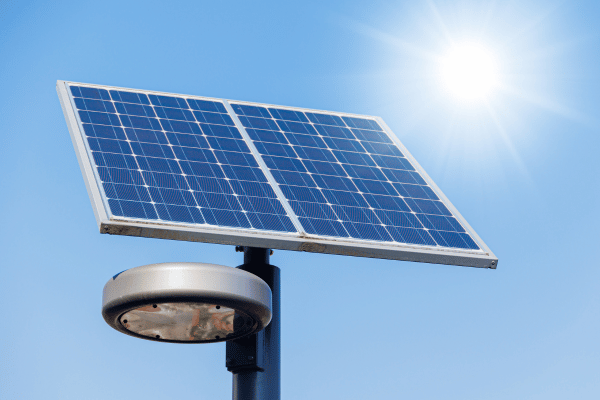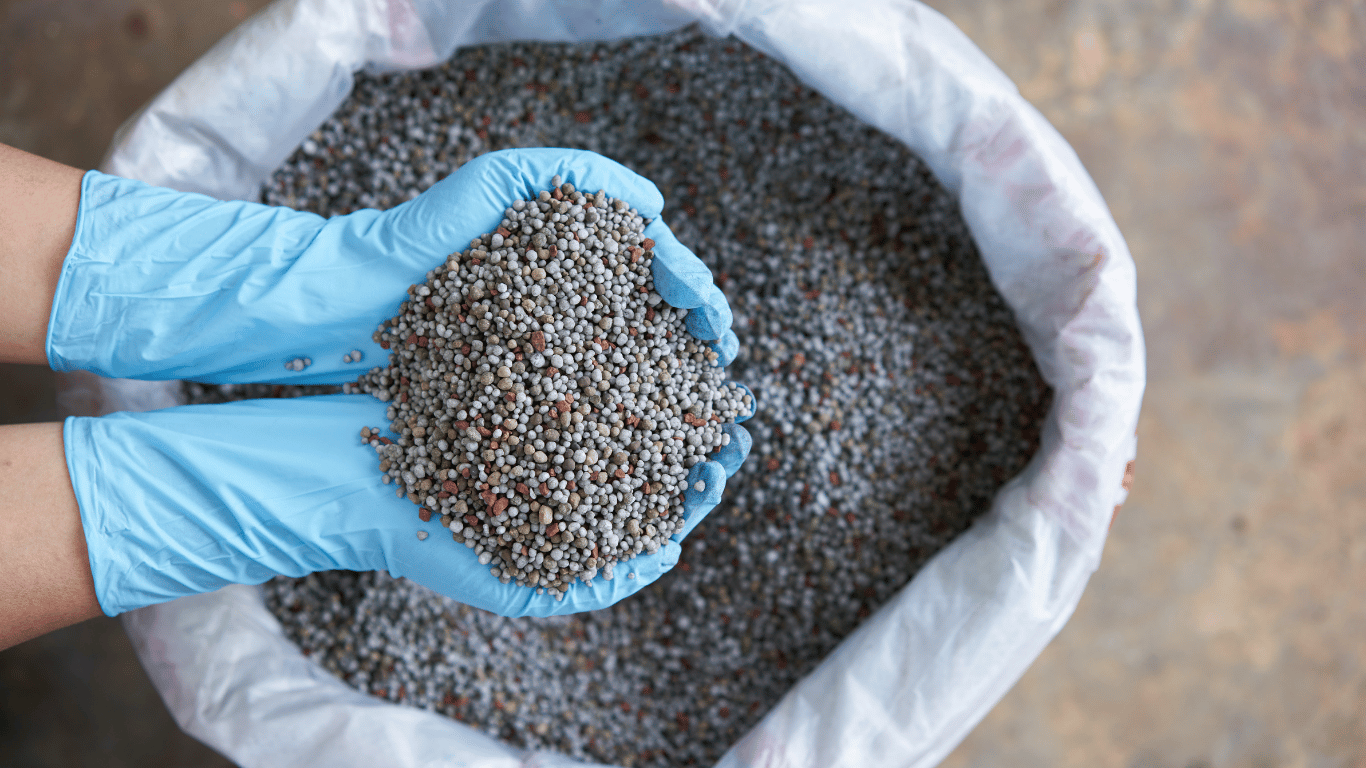
The Asia Pacific PVC market attained a volume of 12.73 million metric tons (MMT) in 2024. The industry is expected to witness steady growth, expanding at a compound annual growth rate (CAGR) of 5.00% during the forecast period of 2025–2034, to reach an estimated 20.74 MMT by 2034. The region remains the world’s largest producer and consumer of polyvinyl chloride (PVC), driven by strong industrial activity, rapid urbanization, and infrastructure development in emerging economies such as China, India, and Southeast Asia.
PVC, or polyvinyl chloride, is one of the most widely used thermoplastics globally, valued for its versatility, chemical resistance, durability, and cost-effectiveness. The material is extensively utilized in the construction, automotive, packaging, and electrical industries across the Asia Pacific region. The growing population, rising disposable incomes, and the increasing adoption of PVC in sustainable and energy-efficient construction materials are key factors propelling market growth.
Market Dynamics
Key Growth Drivers
Infrastructure and Urban Development
The rapid pace of urbanization and industrialization across developing nations in Asia Pacific is one of the primary factors driving PVC demand. Government initiatives aimed at infrastructure modernization, including water supply networks, sewage systems, and affordable housing projects, are fueling the use of PVC pipes, fittings, and profiles. For instance, India’s “Smart Cities Mission” and China’s extensive urban infrastructure expansion have significantly boosted PVC consumption in the construction sector.Rising Demand in Construction and Building Materials
The construction sector is the largest consumer of PVC in the region, accounting for over 60% of the total demand. PVC’s applications in flooring, roofing membranes, windows, wall coverings, and insulation materials make it indispensable for the sector. The material’s low maintenance, weather resistance, and cost efficiency make it ideal for long-lasting construction components in both residential and commercial buildings.Growing Automotive and Electrical Applications
The automotive sector in Asia Pacific is expanding rapidly, with increasing vehicle production in countries like China, Japan, and India. PVC’s use in wiring harnesses, dashboards, interior trims, and sealants is growing due to its flexibility and insulation properties. Similarly, the electrical and electronics industry is utilizing PVC for insulation of wires and cables, contributing to steady market expansion.Shift Toward Sustainable and Recyclable Materials
Environmental concerns and regulatory pressures are encouraging manufacturers to adopt green PVC and bio-based alternatives. The development of non-phthalate plasticizers and recycling-friendly formulations is gaining momentum, aligning with sustainability goals across major economies in the region.
Market Challenges
Despite its strong growth prospects, the Asia Pacific PVC market faces challenges related to environmental impact and raw material volatility. The dependence on petrochemical feedstocks such as ethylene and chlorine makes PVC production sensitive to fluctuations in crude oil prices. Additionally, stringent environmental regulations concerning chlorine-based production processes may limit expansion in some countries.
Moreover, increasing awareness of the health and ecological effects of PVC additives—particularly plasticizers—has led to regulatory scrutiny. Manufacturers are under pressure to adopt cleaner technologies, improve waste management, and invest in recycling infrastructure to mitigate these risks.
Market Opportunities
Technological Innovation in Production Processes
Advances in polymerization techniques and energy-efficient manufacturing are offering opportunities for cost reduction and environmental compliance. The adoption of ethylene-based PVC production over acetylene-based methods is expanding due to its lower carbon footprint.Expansion of Green Building Initiatives
The rapid growth of green construction in Asia Pacific is driving demand for energy-efficient materials. PVC’s thermal insulation and low environmental impact during its lifecycle make it suitable for sustainable architecture. This trend is expected to significantly boost market adoption across urban infrastructure projects.Emerging Markets and Industrialization
Southeast Asian countries such as Vietnam, Indonesia, and the Philippines are witnessing rapid industrial expansion. The rising investment in construction, packaging, and automotive sectors in these nations presents lucrative growth prospects for PVC manufacturers.
Market Trends
1. Rising Popularity of uPVC Products
Unplasticized PVC (uPVC) products are becoming increasingly popular due to their strength, durability, and non-toxic nature. uPVC windows and doors are replacing traditional materials like wood and aluminum, offering better insulation and weather resistance. This shift aligns with sustainability and cost-efficiency trends in the construction industry.
2. Increasing Role of Recycled PVC
The circular economy model is influencing the PVC market, with recycled PVC gaining traction in construction and consumer goods applications. Governments and manufacturers are promoting closed-loop recycling systems to minimize waste and support sustainability goals.
3. Digitalization and Smart Manufacturing
The integration of Industry 4.0 technologies, including AI, IoT, and automation, is transforming PVC production. Smart manufacturing enhances operational efficiency, reduces waste, and ensures consistent quality across production lines.
4. Shift Toward Bio-Based Plasticizers
Growing health concerns regarding phthalate-based plasticizers are accelerating the use of bio-based alternatives derived from renewable resources. These innovations align with global trends toward eco-friendly materials.
Market Segmentation
By Product Type
Rigid PVC
Flexible PVC
Chlorinated PVC (CPVC)
Plasticized PVC
Rigid PVC dominates the market due to its widespread use in pipes, profiles, and sheets. Flexible PVC finds applications in cables, flooring, and automotive interiors, while CPVC is gaining demand in plumbing and industrial fluid handling systems.
By Application
Construction
Automotive
Packaging
Electrical & Electronics
Healthcare
Consumer Goods
Among these, the construction sector holds the largest share, followed by electrical and packaging industries. The healthcare sector is also emerging as a significant consumer, with PVC being used in medical tubing, IV bags, and other medical devices.
By End User
Residential
Commercial
Industrial
The industrial segment is expected to record the fastest growth due to expanding manufacturing and infrastructural investments in emerging Asian economies.
Regional Analysis
The Asia Pacific PVC market is dominated by China, which accounts for over half of the region’s total PVC production and consumption. The country’s strong industrial base, large-scale infrastructure projects, and robust construction sector make it a global leader in PVC usage.
India represents one of the fastest-growing markets, supported by government housing schemes, rising urbanization, and increasing industrial activity. Japan and South Korea are mature markets with steady demand from electronics and automotive industries, while Southeast Asia (particularly Vietnam, Thailand, and Indonesia) is witnessing growing consumption due to expanding manufacturing sectors.
The regional demand growth is also supported by increasing investments in chemical manufacturing capacity, including new PVC plants and capacity expansions in China and India to meet domestic and export demand.
Competitive Landscape
The Asia Pacific PVC market is highly competitive, with major players focusing on technological advancements, sustainable production, and regional expansion. Leading manufacturers include:
Shin-Etsu Chemical Co., Ltd. (Japan)
Formosa Plastics Corporation (Taiwan)
LG Chem Ltd. (South Korea)
Hanwha Solutions Corporation (South Korea)
China National Chemical Corporation (China)
Reliance Industries Limited (India)
Xinjiang Tianye Group (China)
These companies are investing in process optimization, renewable feedstock integration, and R&D to develop low-emission, energy-efficient PVC products. Strategic partnerships, mergers, and expansions are common strategies aimed at increasing market share and improving global competitiveness.
Future Outlook (2025–2034)
The Asia Pacific PVC market is set for strong growth over the next decade, driven by rising infrastructure development, urbanization, and industrialization. With a projected CAGR of 5.00%, the market volume is expected to grow from 12.73 MMT in 2024 to 20.74 MMT by 2034.
The ongoing transition toward sustainable manufacturing and recycling will redefine industry standards, with increased adoption of eco-friendly additives and energy-efficient production processes. Emerging economies will remain critical growth hubs due to rapid industrial growth, favorable government policies, and expanding domestic manufacturing capacities.
Technological advancements, smart manufacturing, and green innovations are poised to enhance the competitiveness of the region in global PVC production, ensuring steady market expansion well into the next decade.
The Asia Pacific PVC market stands at the forefront of global plastic manufacturing, supported by strong industrial capabilities and a rapidly evolving infrastructure landscape. As the region continues to urbanize and industrialize, PVC will remain an essential material for construction, packaging, and electrical applications.
The growing focus on sustainability, recyclability, and innovation will guide the industry toward a more efficient and environmentally responsible future. With its projected rise to 20.74 MMT by 2034, the Asia Pacific PVC market is set to remain a cornerstone of the global plastics industry, driven by innovation, regional demand, and evolving industrial applications.




















Write a comment ...